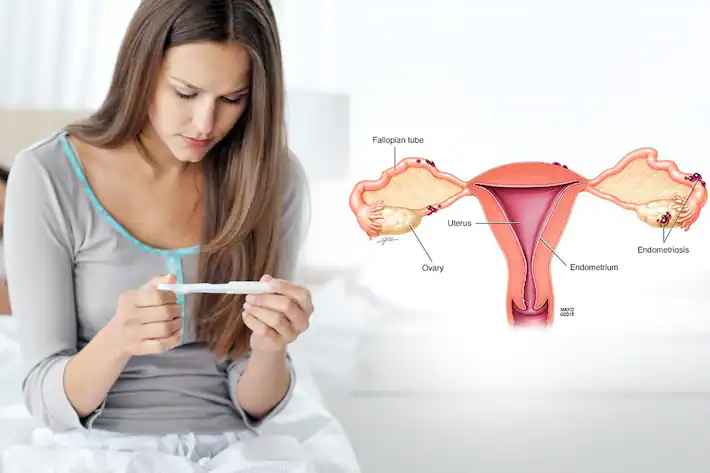According to statistics, almost 10% women worldwide suffer from endometriosis. Nearly 40% of these women experience issues with conception merely because of late diagnosis. Many women suffer in pain without getting diagnosed on time or taking timely treatment.
A statistical study conducted by the University of Queensland (UQ) reports that 35% of the 1355 women (participants) had endometriosis, and one-third of them were not did not receive a diagnosis until after a fertility treatment started.
Also Read: Endometrial Thickness Chart: What is the Normal Size (in mm), How is It Measured
Dr. Kathrina Moss, a public health researcher from UQ School, said that “ Delayed diagnosis reduced the chances of fertility treatments being successful. And Women whose endometriosis went undiagnosed until their fertility treatment ended up with more cycles, used treatments that aren’t recommended and are less likely to have a baby”.
Also Read: PCOS is the Prime Cause of Infertility in Women in India, New Study Says
Late diagnosis showed a four times increase in the number of cycles. Some women also ended up having more than 36 fertility treatment cycles with a 33% less chance of having a baby.
On the other hand, if diagnosed early or before a fertility treatment, endometriosis can be advantageous as the treatment modalities and management can be adjusted. According to Hayden Homer, a fertility specialist and Professor at the UQ Centre for Clinical Research, “Early diagnosis of endometriosis and early access to IVF created a level playing field, as the same outcomes were recorded for women who did not have the condition.”
Early diagnosis opens doors for increased chances of having a baby with lesser financial, physical, and psychological treatment burden. For women who are more precisely thinking of fertility treatment or planning to conceive, it is essential to be alertly watchful of acute pelvic pain and heavy menstrual flow during periods.
This study used data from the Australian Longitudinal Study on Women’s Health (ALSWH).
The paper is published in Human Reproduction.



